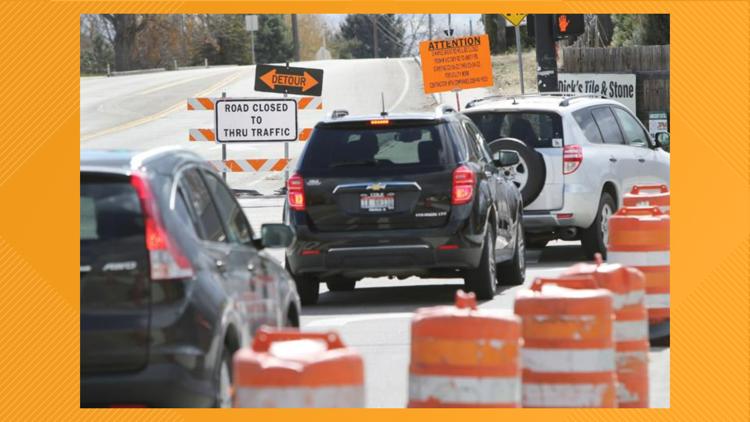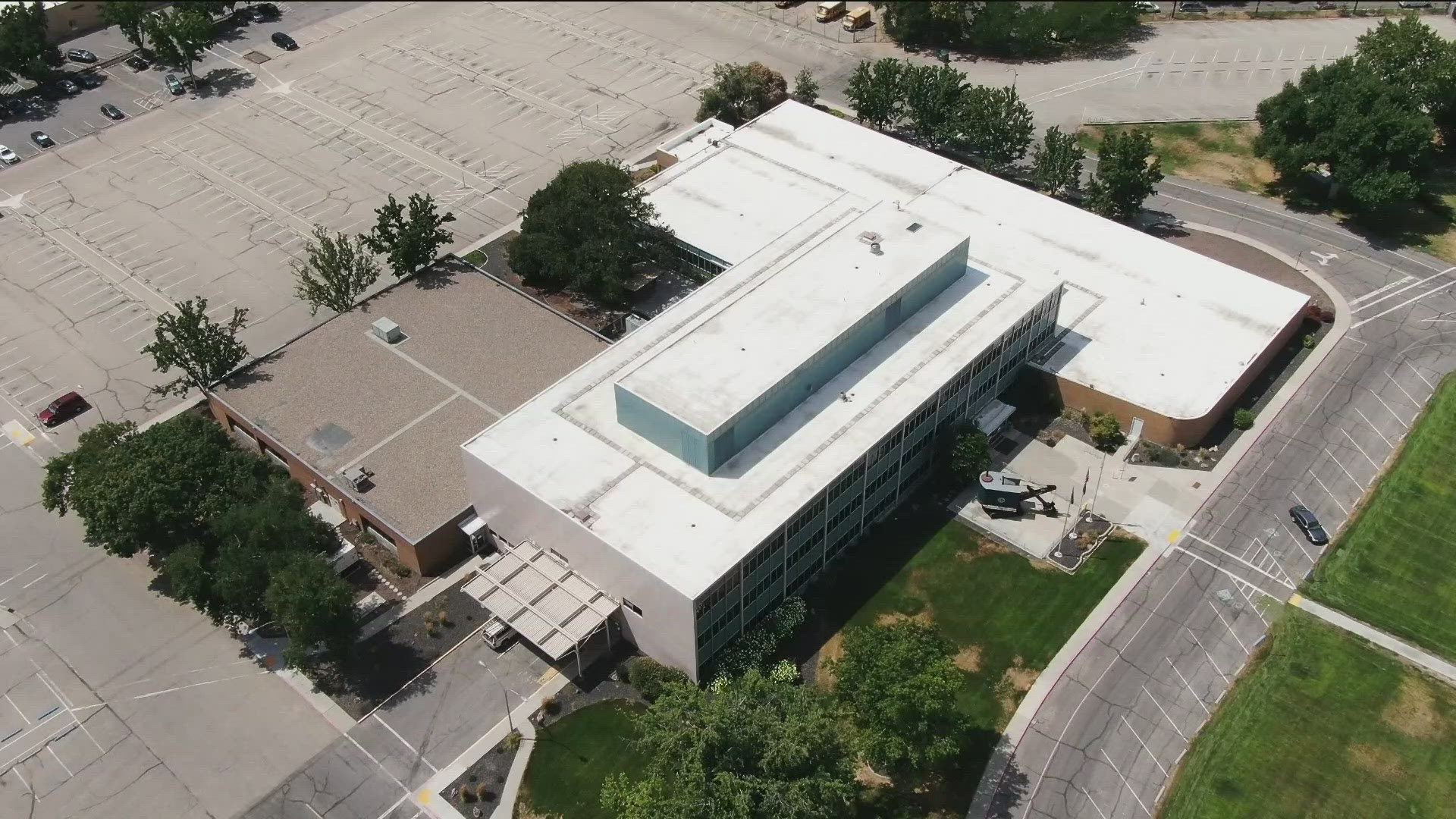GARDEN CITY, Idaho — This article originally appeared in the Idaho Press.
Roads in the Treasure Valley are not nearly as crowded as those in neighboring states like California, but congestion concerns have mounted as the valley’s population continues to grow.
Last week, the Ada County Board of Commissioners and Ada County Highway District met in a joint meeting to discuss, among other topics, the legislative direction on congestion mitigation.
Toward the end of the meeting, which was held Wednesday afternoon at ACHD headquarters, discussion turned to House Bill 237, a bill that limits the power of the ACHD. The bill came from Rep. Megan Blanksma, R-Hammett, the majority leader, and restricts all state funding to highway districts and locally collected property taxes to benefit primarily motor vehicles. The bill was approved by the Senate in March.
“ACHD is a special purpose district, we don’t have the constitutional powers that the county does. We are a creature of the state Legislature and they can control many aspects of the highway district, one of the big ones is funding,” ACHD General Counsel Steven Price said. “The Legislature took it upon themselves to try and limit the way that we spent our funding so that it was for the primary benefit of motorists.”
In the bill, the Legislature wrote that “all highway-user revenues,” like the ACHD, will be spent on administration, construction, operations and development of “bridges and highways that benefit primarily motor vehicles.”
HB 184 defines congestion mitigation as “transportation road projects for the primary benefit of motor vehicles designed and constructed to reduce traffic congestion, travel delays, engine idle time, and unproductive fuel consumption.” According to the bill, congestion mitigation includes improving travel times and traffic flow by lane expansion, adding turn lanes and improving signal operations.
“They were trying to focus on everything on the roadway for motor vehicles,” Price said. “They excluded any attempt or any recognition that you can reduce congestion by other means, including pedestrians and bicycles. In any event, that’s what the law says and we’ll go forward from there.”
The ACHD does not control densities or connectivity, which ultimately makes it difficult to work to eliminate the congestion some areas experience, ACHD Commissioner Jim Hansen said.
“The biggest impact on congestion, given the limited tools we have, is just across the street. Our traffic management center is managing the movement of vehicles on that system,” Hansen said.
But, the ACHD can only manage traffic so much, Hansen said. As areas in the Treasure Valley have become more densely populated and bills like 237 are passed, there will inevitably be system delays, Hansen said.
And the answer to relieving the congested roads may have been outlawed by bill 237, ACHD Commissioner Kent Goldthorpe said.
According to Goldthorpe, a few years ago the ACHD spent around $3 million to fill sidewalk gaps by putting temporary sidewalks made out of asphalt next to several schools.
“The effect of spending a little bit of money to take mothers or fathers that take their kids to school in the morning off the roads so their kids can walk or ride their bikes made a huge impact,” Goldthorpe said. “And that is such an infinitesimally small percentage of what it costs to widen roads.”
The roads near those schools were far less congested because of the asphalt sidewalks, and schools in the area needed more bike racks to accommodate for more students riding their bicycles to school, Goldthorpe said.
“It upset me greatly to hear the Legislature say that the only way that we could solve congestion was to make every arterial with the county five lanes with no facilities for kids,” Goldthorpe said. “We know better than that, so we have to work with them to make the right things happen.”
Not everyone agreed with Goldthorpe’s opinion.
“I think we all agree on we should be mitigating congestion,” Ada County Commission Chair Rod Beck said. “I do believe that we should follow free market principles. And what free market principles are, is if there’s a huge demand for bicycles and pedestrians, then of course we ought to be recognizing that demand. I don’t see that demand yet, but it might surface.”
This article originally appeared in the Idaho Press, read more on IdahoPress.com.
More from our partner Idaho Press: A chip on the old block: Summer chip sealing in Nampa underway
Watch more Local News:
See the latest news from around the Treasure Valley and the Gem State in our YouTube playlist:
HERE ARE MORE WAYS TO GET NEWS FROM KTVB:
Download the KTVB News Mobile App
Apple iOS: Click here to download
Google Play: Click here to download
Stream Live for FREE on ROKU: Add the channel from the ROKU store or by searching 'KTVB'.
Stream Live for FREE on FIRE TV: Search ‘KTVB’ and click ‘Get’ to download.



